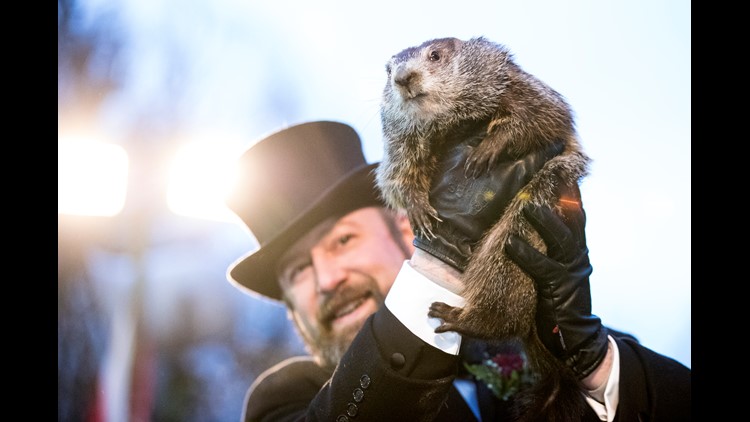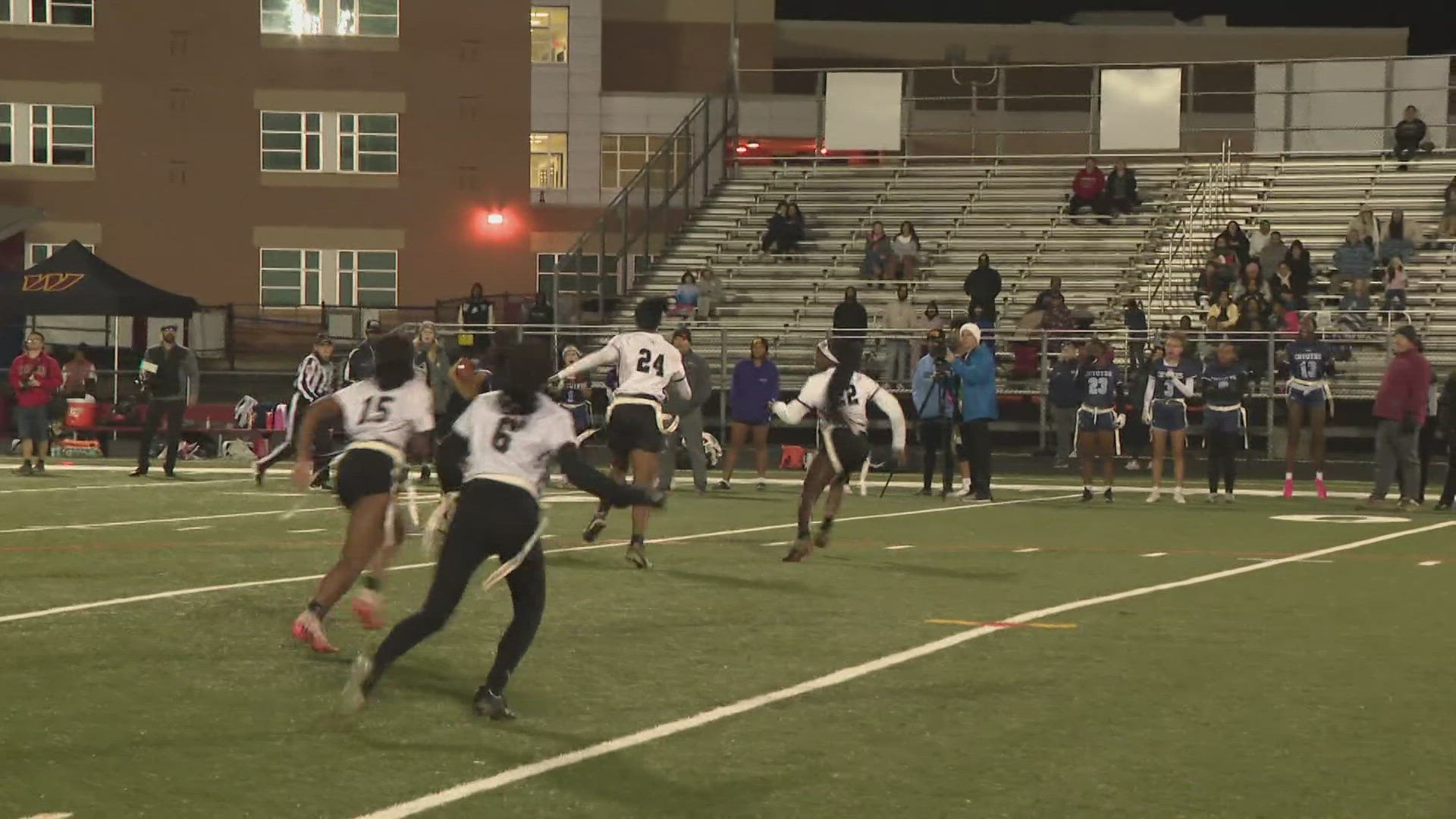The results of Groundhog Day 2018 are in: According to legend, we're in for six more weeks of winter because Punxsutawney Phil saw his shadow. That's in spite of forecasts that predicted a cloudy, shadow-less morning.
The Pennsylvania groundhog isn't the only weather-predicting rodent in this quirky American tradition, but he is the most famous. And according to the Punxsutawney Groundhog Club, his opinion is the only one that matters.
He's not always right. But he's always popular.
Meanwhile, across state lines in New Jersey, Milltown Mel predicted an early spring.
At 7:25 a.m. Eastern time on a hill outside Punxsutawney, Pa., known as Gobbler's Knob, the seemingly immortal Phil Phil — the same rodent who launched the tradition in 1887, if you believe his handlers — looked for his shadow.
They reported that Phil communicated in "groundhogese" that he had cast a shadow. According to legend, that means the weather will be wintry for the next six weeks.
That's his typical prediction: It's only happened more than 100 other times in the 132-year history of the tradition.
Even so, there's some good news: Phil is usually wrong.
If Phil didn't see his shadow, it would have been an early spring.
The Punxsutawney Groundhog Club's Inner Circle — a group of men who organize the event and care for groundhog Phil — brought Punxsutawney Phil out of his den in front of a large crowd as cameras beamed his image around the world.
If you ask Phil's handlers, called — no joke — the Inner Circle of the Punxsutawney Groundhog Club, the groundhog's predictions aren't geographically specific (they always come to pass somewhere). He also relays his predictions by speaking "Groundhogese" and sips a "groundhog punch" that staves off death. It gets pretty weird.
In Milltown, N.J., Groundhog Day festivities have been a tradition for 10 years. The original Milltown Mel died in July 2015, but his friend took over his name and has carried on with the tradition.
Based on past weather data, "there is no predictive skill for the groundhog during the most recent years of the analysis," according to a report released this week by NOAA's National Centers for Environmental Information in Asheville, N.C.
Flipping a coin might be as accurate as Phil. Since 1988, the groundhog was "right" 14 times and "wrong" 16 times. In other words, only 14 times did the national average temperature for the remainder of February match what would be expected based on what the groundhog predicted.
Phil was wrong last year: The fuzzy rodent saw his shadow, so there should have been six more weeks of winter. But both February and March ended up warmer than average across the nation, NOAA said. February 2017 was the second-warmest February on record.
Since 1887, the groundhog has seen his shadow 103 times, to forecast a longer winter, and not seen it 18 times, to predict an early spring. (There is no record of the prediction for 10 times in the late 19th century.)
Groundhog Day stems from the European holiday known as Candlemas, a Christian "festival of lights" in the bleak midwinter of Feb. 2 . Germans built upon the tradition by looking to the hedgehog as a predictor of weather, the legend goes, and German settlers in Pennsylvania later switched to the groundhog.
Contributing: Doyle Rice and Josh Hafner, USA TODAY; Susan Loyer, (East Brunswick, N.J.) Home News Tribunes.



